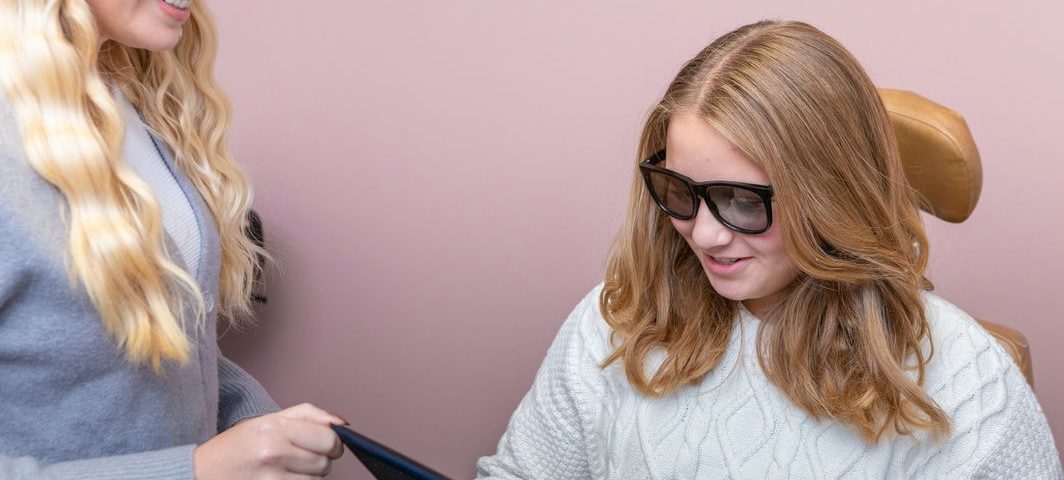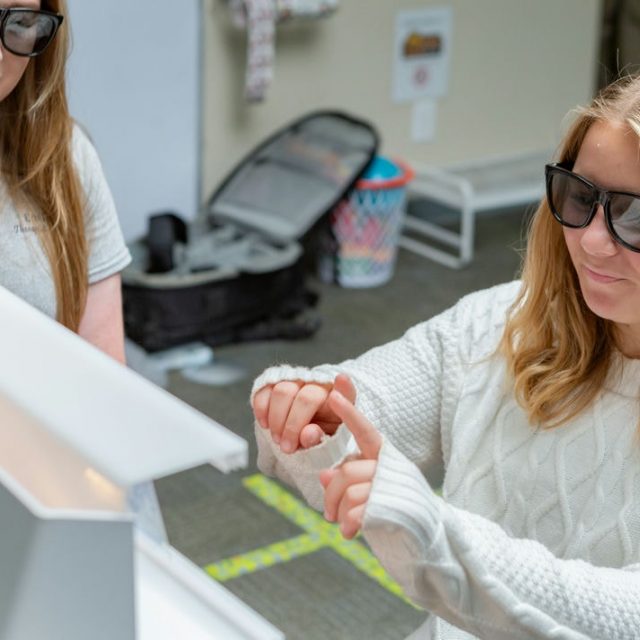How Neuro Optometric Rehabilitation Can Help
Are you struggling with blurry or double vision? Do you find maintaining attention, reading, driving, or using a computer challenging? Neuro optometric rehabilitation can improve your quality of life. Let’s take a look at some of the conditions that can benefit from a personalized treatment plan.


Traumatic Brain Injury (TBI)
Vision problems go hand in hand with traumatic brain injuries, given the multiple brain areas involved in visual processing. Research shows that about 90% of TBI patients have vision disruptions caused by interruptions between the eyes and the brain.
Mild Brain Injury (MTBI) - Concussions
Concussions, even when classified as “mild,” can have long-term effects and disrupt brain function. Visual symptoms are prevalent in over 60% of children, teenagers, and older individuals who sustain concussions or whiplash.


Stroke
A stroke, also known as a cerebrovascular accident (CVA), occurs when there is a sudden interruption of blood supply to part of the brain or when a blood vessel in the brain bursts, causing bleeding around brain cells.
Approximately 60% of stroke survivors develop visual impairments, such as convergence problems, strabismus (eye turns), diminished central or peripheral vision, eye movement abnormalities, or other visual perceptual defects.
Recovering from Stroke Through Neuro-Optometry
Early diagnosis and treatment help reduce the risk of developing brain damage and potential complications later in life. Since stroke affects individuals differently, the extent of recovery can be difficult to predict. While some people may fully recover, others may experience permanent damage. Improvement can continue for years after a stroke, but the most significant recovery typically occurs within the first six months. That’s why a multidisciplinary approach to recovery yields the best outcomes.
Neuro-Optometric Rehabilitation Techniques and Devices for Stroke Patients include:
Neuro-optometric rehabilitation therapy can enhance visual system function and reduce symptoms. A multidisciplinary approach to treatment may be beneficial.
Vision’s Crucial Role in Balance
Maintaining balance relies on the connection between the eyes and the brain. Disruptions can lead to balance problems.
Symptoms may include:
Feeling in motion while standing still Difficulty walking straight after changing positions. Various vision issues can impact balance, such as eye misalignment, blurry or double vision, and involuntary eye movements. Neuro-optometric rehabilitation therapy improves visual skills.

